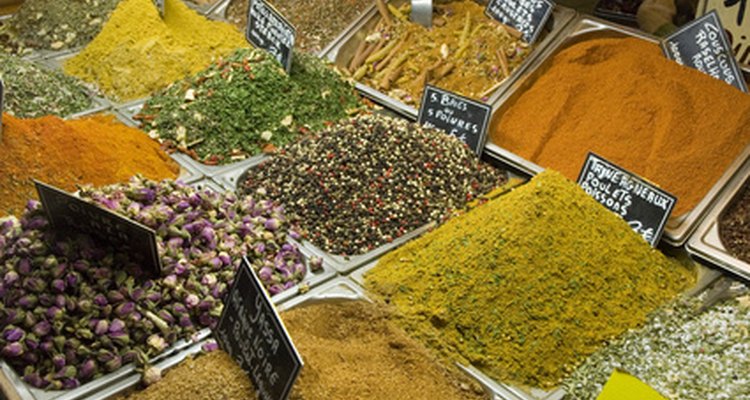
For thousands of years, Afghan cooking has been influenced by surrounding cultures -- mainly Persian and Indian. Because Afghanistan is situated at a culinary crossroads, its cuisine relies on many spices. While Afghan dishes have much in common with well-known Middle Eastern dishes, the generous use of spices such as pepper, cardamom, cumin, saffron and turmeric echo the influence of neighboring Pakistan.
Black Pepper
Black pepper, native to South Asia, comes from peppercorn berry clusters found on the pepper plant. Black pepper is an important ingredient in most Afghan recipes including curry dishes, beef and bean soup, minced meat pastries, lamb and spinach stew and kebabs.
Cardamom
Cardamom is derived from several plants in the ginger family. Green cardamom, the kind used in Afghan recipes, is native to India. The strongly flavored spice has long been a staple in Afghan cooking, particularly for desserts. Recipes noted for their use of cardamom include afghan fudge, cookies, baklava, cereal and meat porridge, and pastry dishes.
Cumin
Cumin is a pale green seed from the herb Cuminum cyminum. Although cumin can be purchased almost everywhere today, the spice is grown in Northern Africa and Central and South Asia. Cumin is noted for its strong, slightly bitter flavor, and is found in many Afghan dishes including meat pies and meatballs.
Saffron
Saffron comes from the Crocus sativus flower. The spice, grown in western Asia, can be found in Persian dishes. In Afghan cuisine, saffron is used to enhance meat, vegetarian and dessert dishes. Afghan orange chicken with rice and rice pudding are among the Afghan recipes that use saffron.
Turmeric
Turmeric, known for its medicinal properties, is a staple Afghan spice and food coloring agent. Afghan recipes that use turmeric include vegetable fritters, chicken kebabs, braised chicken in yogurt and various curry dishes.
Related Articles
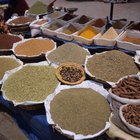
Nigerian Herbs & Spices
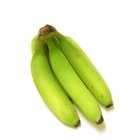
The Most Popular Foods of Puerto Rico

List of Cuban Foods
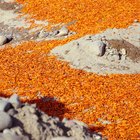
Peruvian Cooking Spices

Uses for Major Grey's Chutney

Dinner Ideas for Boiled Chicken
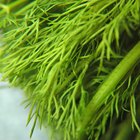
Classic Russian Spices

Nutritional Information for Ethiopian ...

List of Latin American Foods

How to Cook Beef Florentine

How to Cook Moose Meat

What Type of Food Do People in Honduras ...

Can You Make Sweet and Sour Without ...

The Differences Between a Gyro & a ...
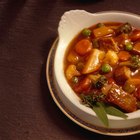
How to Cook Stew in a Slow Cooker
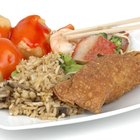
Restaurants on 50th - 52nd Street in ...

African Food Facts

Difference Between Mexican Oregano & ...

Cooking a Pot Roast in a Clay Pot

How to Cook a Whole Fish Jamaican Style
References
- National Public Radio: Discovering Afghanistan Cuisine, a World Away
- "Vegetarian Journal"; Camels and Caravans; Zel Allen; April 2010
- "Handbook of Spices, Seasonings, and Flavorings"; Susheela Raghavan; 2007
- "Afghan Food and Cookery"; Helen Saberi; 2000
Writer Bio
John C. Erianne is the publisher and editor of "Devil Blossoms," "The 13th Warrior Review" and "Gnome." His writing has appeared in numerous publications over the last 25 years, including "The Adirondack Review," "Blue Collar Review," "Yellow Mama" and "Gutter Eloquence." He graduated from Rowan University with a Bachelor of Arts in English and a Master of Arts in creative writing.
Photo Credits
spices - spezie image by Rido from Fotolia.com